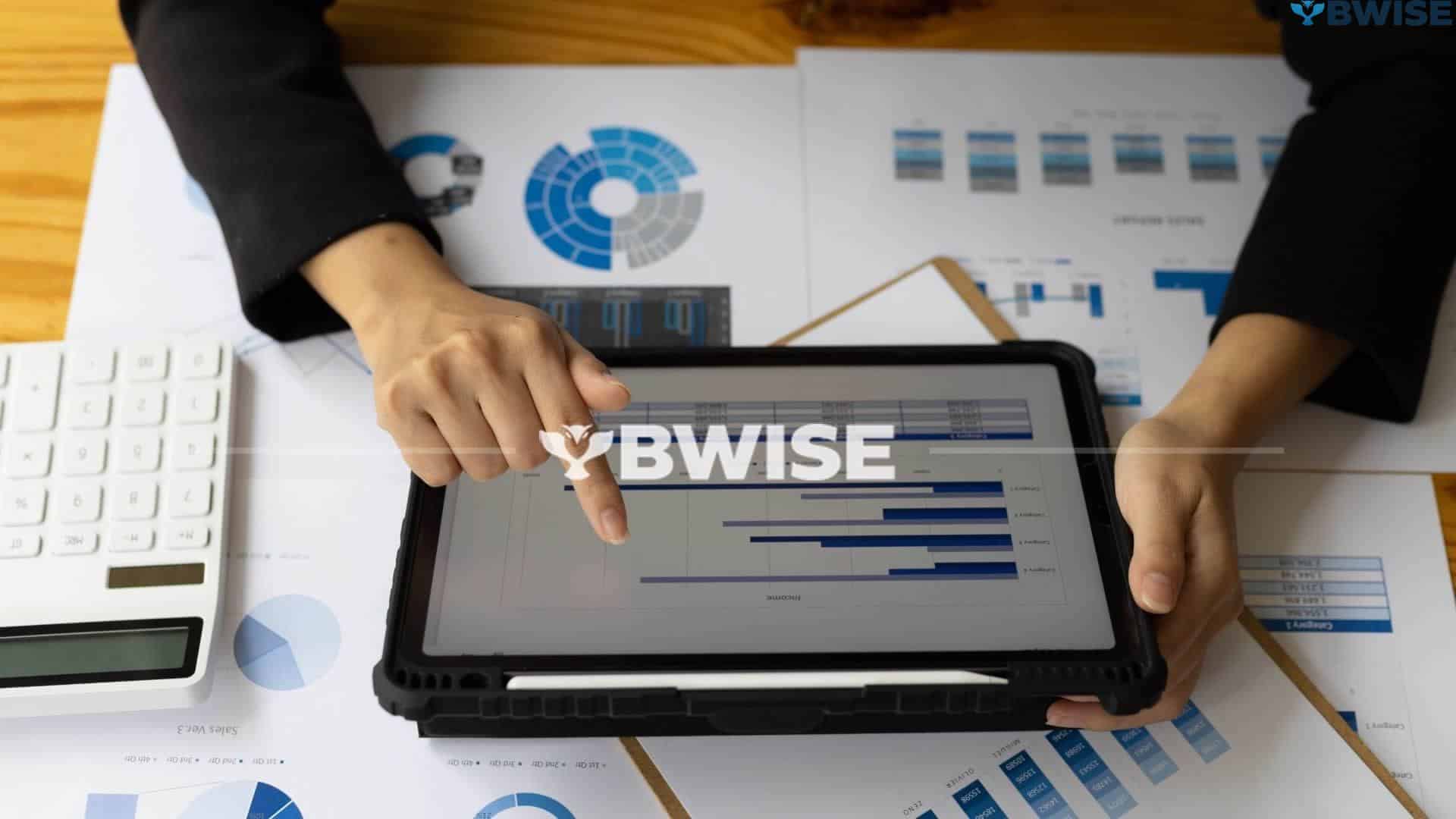Running a factory and keeping track of stock are important for any manufacturing firm’s success. As these operations expand globally, immediate and accurate data is key. Here’s where ERP (enterprise resource planning) and MRP (material requirements planning) come into play. They assist companies in streamlining and making wise choices. We will delve into the specific functions and merits of ERP and MRP in this article. Additionally, we will discuss when to employ each system and how they can collaborate effectively.

Key Takeaways
- ERP systems can help achieve cost savings through automation, leading to increased efficiency and productivity.
- MRP systems primarily focus on materials management, ensuring the right materials are available for production.
- ERP systems offer a common user interface to facilitate smoother operations across an organization.
- MRP systems analyze materials, supplies, and inventory required for production, optimizing scheduling.
- ERP and MRP systems work together to optimize business operations, with MRP acting as a subsystem of an ERP solution.
What is an MRP System?
Imagine MRP as your assistant. It is a digital aid that aids firms in making things. MRP, or Material Requirements Planning, tells companies what and when they need stuff to create their products. No more delays messing up the workflow. And guess what? It is not only for manufacturers. Even if a company is not producing goods, they find MRP useful for keeping their inventory in check. It is like having the right ingredients ready when you are about to cook.
Material Requirements Planning Explained
MRP systems support manufacturers by managing inventory and planning production. They help figure out the right amount and timing for materials. This prevents shortages, lowers costs, and makes it easier to adjust to market changes.
Objectives and Functions of MRP
MRP is all about improving inventory, enhancing production scheduling, and ramping up manufacturing. It has tools that handle stock, plan work, and line up production. This way, everything runs more smoothly and productivity goes up. In the end, the entire manufacturing process gets a boost.
History and Evolution of MRP
MRP, a system for managing stocks and plans, came about in the 1960s. It grew into MRP II, which included additional features. The 1990s saw the arrival of ERP systems. These went above and beyond simple manufacturing, integrating various business sections.

What is an ERP System?
ERP stands for Enterprise Resource Planning. This tool assists companies in planning and executing tasks. The tasks involve handling supply chains, keeping track of finances, overseeing projects and staff, as well as production. An ERP setup connects varied software. This supports businesses in managing their activities effectively.
Enterprise Resource Planning Defined
Companies may use specific ERP apps for certain jobs. There are also ERP systems for both big and small companies. Each type meets the unique needs of its size.
Key Features and Modules of ERP
ERP modules cover many areas of a company. These include finance, HR, customer relations, and managing stock and supplies. ERP also improves how projects and manufacturing are handled. It makes planning, budgeting, and financial reports easier. This boosts a company’s overall performance.
Benefits of Implementing an ERP System
“ERP” stands for “Enterprise Resource Planning.” It is a useful tool that looks after many distinct parts of a company. These parts include money matters (finance), people stuff (HR- that stands for Human Resources), dealing with customers, and keeping an eye on stock and supplies. ERP makes project handling and manufacturing smoother. It lends a hand in making plans, setting budgets, and creating finance reports. This helps a company do even better all round.

ERP vs MRP: Key Differences
ERP systems are all about handling various business tasks like accounting, supply chain management, and customer relations. They automate these functions. MRP systems, on the other hand, focus on handling materials and planning for manufacturing.
Scope and Purpose
ERP software unites various business sections, from raw material acquisition to final product delivery. It enhances company-wide constructive collaboration and promotes intelligent, data-driven decisions. MRP systems support manufacturers by confirming accurate material orders. Their focus is to maintain steady production without excessive inventory.
Integration and Standalone Capabilities
ERPs work by connecting many tasks while MRPs are often used alone, covering just manufacturing and buying. But some ERPs have parts that work like standalone MRPs, offering a more complete business solution.
User Base and Departments Involved
In a company, a lot of different departments might use an ERP, like finance or sales. This shows how ERPs can bring a whole company together. MRPs, in contrast, are used more by the people making things, like production planners. This difference shows the scope of each system.
Knowing these differences helps companies choose the right software. This choice can make their operations smoother, handle data better, and improve teamwork for success in manufacturing and beyond.
Do You Need an ERP or MRP, or Both?
Deciding on an ERP setup or MRP system hinges on your requirements. If you are chiefly concerned with manufacturing tasks and stock control, an MRP system might suffice. However, if you require a solution that tackles various chores and links distinct segments of your enterprise, think about an ERP tool. Your choice ought to factor in your company operations, financial plan, among other criteria. These elements will steer you towards the fitting manufacturing software for your firm.
Factors to Consider
Determining the right system, whether ERP or MRP, is vital. Think about how you can improve business process optimization. Look at what your organization needs in terms of integration, automation, and data handling to make operations smoother.
Business Operations to Optimize
For better manufacturing operations, inventory control, and planning, go for an MRP system. An MRP tackles these key areas well. Yet, if you also require functions like finance, sales, and managing the supply chain, you will need an ERP system.
Budget and Cost Considerations
Thinking about costs is crucial too. ERP systems usually cost more at the beginning than MRP systems. This is because ERPs offer more features. But, overall, the efficiency and productivity boosts from an ERP might make the higher starting cost worth it.
The Relationship Between ERP and MRP
ERP and MRP are business aids. MRP dwells within ERP, loading it with data on materials and labor. This equips the ERP to share the data with other sectors of the organization. For instance, the finance team employs MRP data to manage expenses and production costs. The benefit? The business can price its products. In the manufacturing industry, these tools are champions. They enhance efficiency and quality. They reduce the time it takes for products to reach the market.
MRP as a Subsystem of ERP
MRP fits inside ERP systems, helping them work smoothly. It lets the ERP system use MRP’s detailed material and resource info. This makes the business run better, from making things more efficient to handling data and automating tasks.
Data Integration and Communication
ERP and MRP connect closely, sharing info instantly. They let companies know things like what is in stock, when things are being made, and what is needed. This quick info helps companies make smart choices, see their supply chain well, and adapt fast.
This strong link between ERP and MRP is key to better data handling and smoother business processes in manufacturing today.
Conclusion
Enterprise resource planning (ERP) and material requirements planning (MRP) are both key. They make manufacturing work better and business smoother. The system you pick will depend on what your business needs and aims for.
An MRP system is great if you mostly care about making things, keeping track of things, and planning how to make them. But if you want a system that does a lot more than just that, choose an ERP system. This is best for handling and connecting different business tasks. The right choice brings better value and profit to your company. It must meet both current and future needs.
Both ERP and MRP have changed how we do things. They help companies work better, faster, and more efficiently. As time goes on, getting the most out of manufacturing software will be even more important. Businesses will need to keep using these tools to keep growing.
